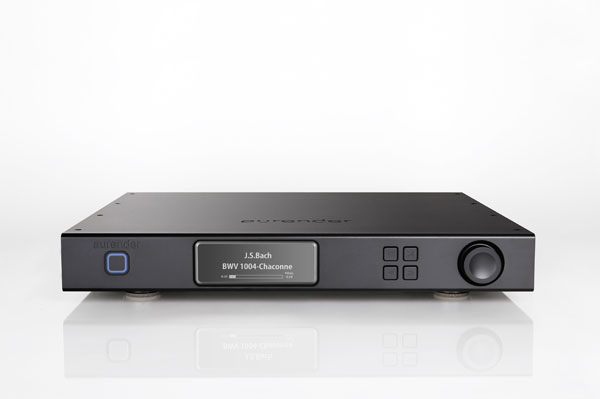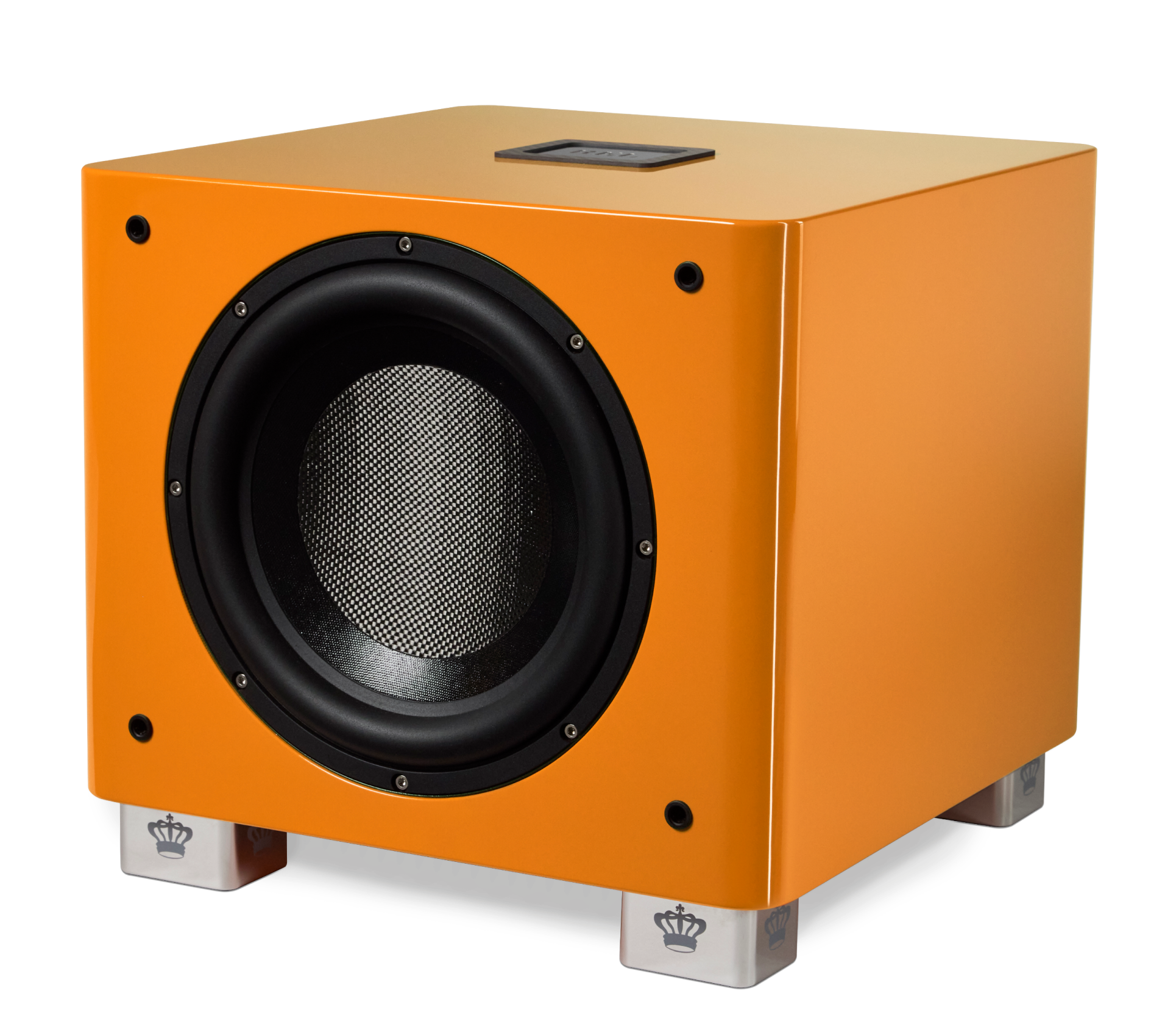Blog
Served Up with a Smile
A Simple, Easy & Effective Digital Catalog Setup
 Can a Computer-Based System Generate Great Sound Quality?
Can a Computer-Based System Generate Great Sound Quality?
Yes, of course it can, although to do so is generally fairly expensive and, as with any system, requires very careful balancing of connections and components, but that is half the fun for those that want to have their cake and eat it too.
What Do I Need to Build a Server-Based System?
A computer, I greatly prefer Macs but whichever flavor you prefer you’ll need one. This blog deals ONLY with suggestions for Mac-based servers. For best performance, dedicate a computer such as a Mac Mini to be a dedicated music-only computer. It will almost undoubtedly sound better and you won’t run the risk of trying to make the poor thing handle too much. Keep it simple. You’ll need a good DAC and great cables to connect it all up–at present, hardwired is the way to go by a wide margin – see Mini-Rant at bottom for more on this topic.
How May I Serve You?
To start, let’s take a step back and define the building blocks that comprise a server, which is a computer program that has a couple basic elements and requires some connecting hardware.
1. Music Management Program: This does exactly what it sounds like; manages and organizes how you look at and access your music library. Graphically and intuitively close to perfect, iTunes is the gold standard in music management and ease of retrieval.
2. Server: iTunes is a server and a good one, just not so much for its sound quality (see Hot Tip below). There are aftermarket server programs such as JRiver that work well sonically but are so complex in use that customers would do well to examine carefully its merits before moving in that direction.
3. Renderer: This is the portion of a server responsible for audio sound quality; higher quality server programs do a better job of this than off-the-shelf software not designed for audiophiles.The renderer in a high end server such as an Aurender sounds far better than the simplistic choices iTunes makes principally because small high end companies care deeply about sound quality while Apple’s primary focus has to be ease of use.
Hot Tip: Buy a program from the Apple App Store called BitPerfect for $10 US. It takes perhaps 10 minutes to download and you can be up and running in another 5. BitPerfect allows iTunes users to actually play back files as-intended without all the corner-cutting Apple takes in its relentless efforts to make things as simple and intuitive as possible. Buy it, the result sounds better than many a high-priced server manufacturer would like you to know.
4. DAC: From one’s computer, the signal passes out through a USB cable to a DAC. There are so many we hesitate to recommend but we have used PS Audio’s gear at several shows and it has never failed to impress not just ourselves but many seriously experienced listeners in the high end firmament. Incredible value. A separate DAC simply does a much better job of pulling music out f a digital file while keeping the internal clock accurate. Why does this matter? The ear is incredibly sensitive to tiny offsets in time and clock error and jitter are two things that instantly alert listeners to the fact that they are listening to the technical equivalent of bad ‘80’s pop music. Bottom line, don’t skimp on cables or DACs. They are the life blood of any good digital system.
5. Streaming: Used for casual listening they can be wonderful and allow for tons of new music to be exposed via various on line music delivery systems. Think of this as the “new” FM radio, you’ll be happy. But they ALL sound thin and compressed. Here’s where having a REL—even a modest one–adding fullness and richness back into a deficient medium is a Godsend.
What we at REL prefer to do is take computer audio seriously, using only the best components hardwired (using great cabling) and separate out our music server, including the computer used to control and access our music library. Keep it simple. Then, we can pipe it into the rest of the home using Sonos or a similar system, throughout the space with relatively low expectations of ultimate fidelity but really enjoying a nice background-listening experience. In each room, we use small-ish RELs underpinning the (usually) modest speakers, even (gasp!) in-ceiling speakers that may be used. By doing so, distributing the experience at the final listening position and using small RELs like Tzeros or T/5i with modest speakers, in-ceiling or in-wall we can make incredibly appealing, rich involving sound throughout the space. It keeps things simple and less costly this way. Bottom line? The quality of sound better matches the investment.
Mini-Rant
As I travel about and visit dealers, I am often appalled at the sound quality various server-based systems generate. Many of these systems wirelessly stream using compression-based streaming that are clearly negatively affecting performance. What makes this unfortunate is that this often occurs over otherwise very fine equipment and I wouldn’t call out this issue except that those same dealers insist on using this medium to demonstrate state of the art speakers and systems capable of infinitely higher performance. I want to be clear, I have yet to hear a streamer that can begin to keep up with a garden variety $500 CD player. Our expectations for a $500 Sonos streamer are quite different than a $10,000 streamer driving $100,000 worth of gear.











